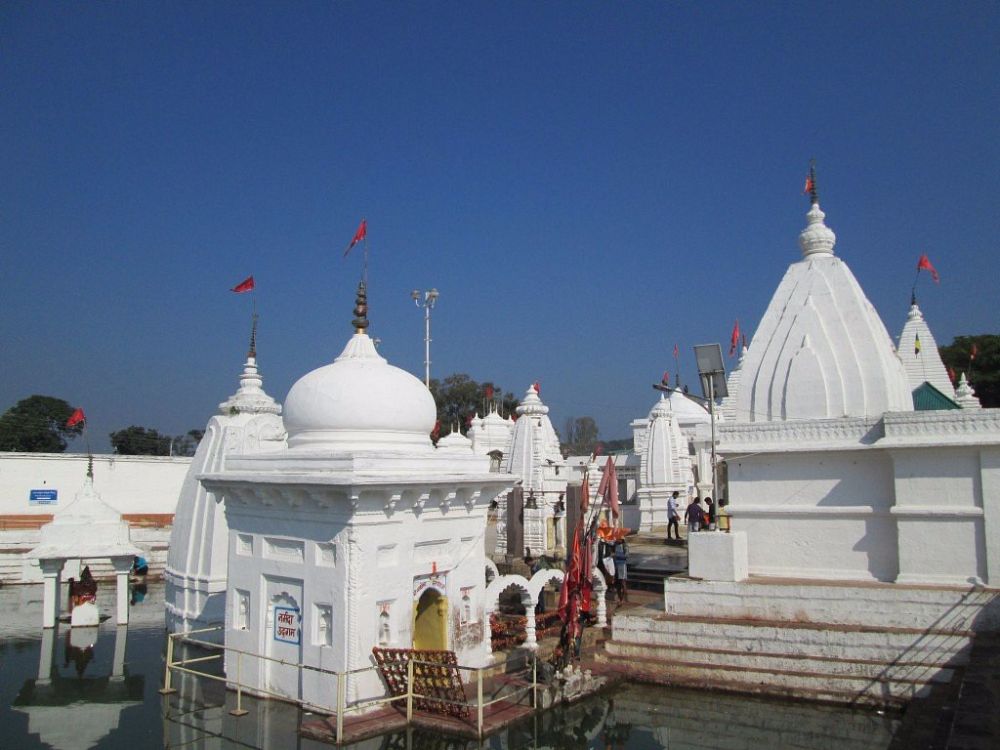

Amarkantak, a tranquil town in Madhya Pradesh, India, is widely regarded as a significant pilgrimage destination due to its deep spiritual and historical significance. Known as 'Teerthraj' (the king of pilgrimages), Amarkantak is particularly famous for the Narmadakund and its surrounding temples.
Amarkantak's history as a pilgrimage spot is as ancient as the river Narmada itself. The Narmada is one of India's holiest rivers, and it originates from the Narmadakund at Amarkantak. This town is nestled in the meeting point of the Vindhya and the Satpura Mountain Ranges, with the Maikal Hills being the fulcrum.
According to Hindu mythology, the Narmada is deemed as one of the seven holy rivers that can absolve one's sins. It is also believed that one's pilgrimage to the four Dhams is not complete without a visit to Amarkantak. The myriad of temples around the Narmadakund, which are believed to have been constructed by the rulers of the Kalachuri Dynasty during the 10th-11th century AD, add to its religious allure.
Tourism in Amarkantak has been thriving due to its religious importance and the scenic beauty of the region. Pilgrims and tourists flock to the Narmadakund area not only to bathe in the sacred waters but also to explore the numerous temples dedicated to a range of deities such as Shiva, Annapurna, and the Narmada herself. The most prominent temples include the Narmada Mandir, Sri Yantra Mandir, and the ancient group of temples known as the Kapil Dhara Temples.
Government and private entities have taken initiatives to preserve the temples and improve facilities for the visitors, ensuring the protection of Amarkantak's heritage, which has continually boosted tourism over the years.
In recent years, there has been an emphasis on promoting sustainable and responsible tourism in Amarkantak. Efforts are being made to offer amenities that cause minimal impact on the environment, thereby preserving the sanctity and natural beauty of the region. This includes the development of eco-friendly lodgings and the implementation of waste management programs.
Another trend in Amarkantak tourism is the development of wellness and spiritual tourism. Visitors are now interested in yoga, meditation, and wellness retreats within the serene environment of Amarkantak. This complements the traditional pilgrimage activities and allows tourists to experience the spiritual essence of the area in a more personal and health-oriented manner.
Overall, Amarkantak's Narmadakund and Temples continue to draw visitors from around the world for their unparalleled spiritual experience, historical value, and the natural splendor of the region, making it a unique blend of devotion, culture, and natural beauty in the heart of India.